Last updated on November 20th, 2023
South Dakota is the 46th most populous and the 17th most extensive of the 50 states of the United States. It is in the Midwestern region of the United States. The state attained statehood on November 2, 1889, becoming the 40th State to join the union. Its six bordering states are Iowa, Minnesota, Montana, Nebraska, North Dakota, and Wyoming. See the complete list of the 50 states and their borders here. South Dakota (nicknamed: Coyote State, Land of Infinite Variety, Mount Rushmore State, Sunshine State) has 66 counties. The state’s capital is Pierre.
Facts about South Dakota
1. On November 2, 1889, South Dakota became a state along with North Dakota. There is no evidence suggesting which state (North or South) was incorporated first because president Benjamin Harrison shuffled the bills and signed one at random, with the order unrecorded. North Dakota is traditionally listed first.
2. Lewis and Clark, explorers on an official mission, visited South Dakota in 1804 and 1806. The second time was on the return trip back to the East Coast.
3. At least 13,000 years ago, the first people arrived in what is now South Dakota. And thousands of years later, Native American tribes such as Cheyenne, Ponca, Lakota, Dakota and Arikara lived on the land.
4. South Dakota is home to the Dakota, Lakota, and Nakota tribes, which together make up the Sioux Nation.
5. Dakota roughly means “friendly” or “allies”, it is a native American Sioux word.
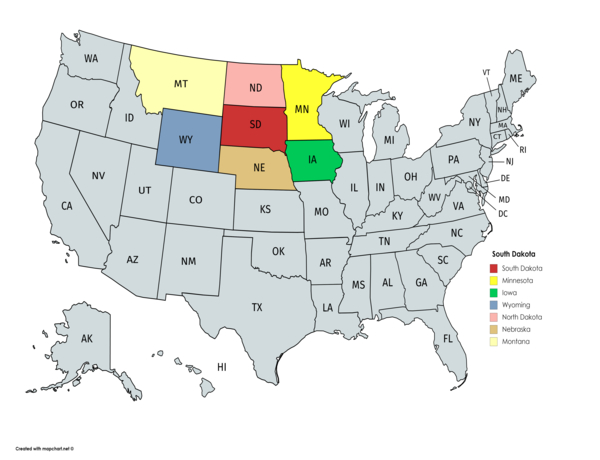
6. The first Europeans to set foot on the land were the Verendrye brothers, who claimed the land for France in 1743.
7. When gold was discovered in the Black Hills of South Dakota in 1874, many fortune seekers rushed to the area. Two years later, more than 10, 000 people populated the hills.
8. The Great Dakota Boom began in 1878 when people rushed to obtain land in South Dakota. The arrival of the railroad sped up settlement in the area.
9. Did you know that the USS South Dakota was the battleship in World War Two with the most decorations? That is because of the 13 battle stars and Navy Unit Commendations.
10. Due to the fur trading industry, the first permanent white people settled in Fort Pierre, South Dakota. It is also the first permanent settlement in this state.
11. The Homestake Mine was the longest gold producing mine in the history of the U.S. Until 2002, when the mine was closed, it was the largest and the deepest gold mine in North America.
12. South Dakota leads the nation in production of bison and pheasants. Agriculture is its top industry, generating one-third of its overall economic activity.
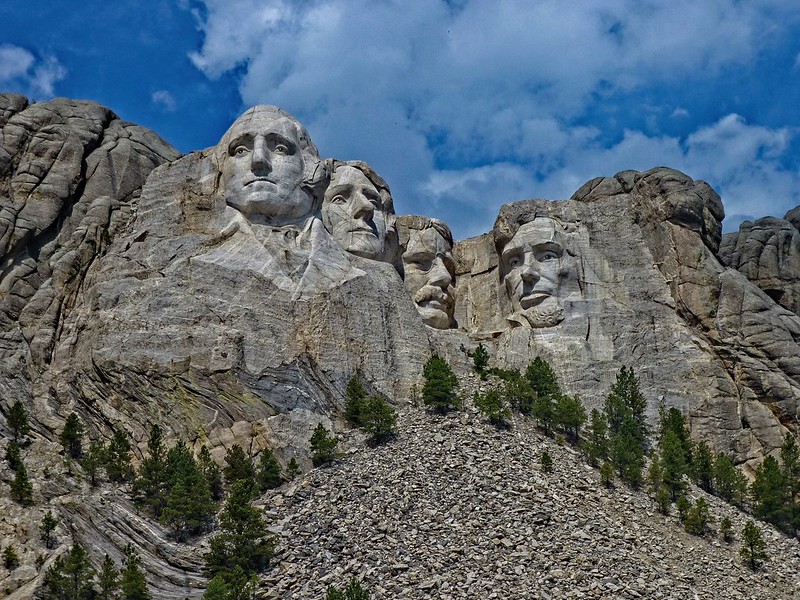
13. Mount Rushmore – the Black Hills where the sculptures of ex U.S. presidents: Washington, Jefferson, Lincoln, and Theodore Roosevelt are made. The four faces at the hill represent four stages of America’s history: Washington, the birth of the nation; Jefferson, the growth; Lincoln, the preservation; and Roosevelt, the development.
14. It is estimated that a total of 450,000 tons of rock was removed in order to create the enormous carved heads. More than 2 million people visit Mount Rushmore every year, making it one of the most popular tourist destinations of the U.S.
15. The mountain was named for the New York lawyer Charles E. Rushmore. The lawyer traveled to the Black Hills in 1884 to inspect mining claims in the region.
16. Did you know that the original design for Mount Rushmore National Memorial included the four presidents from head to waist? However, after the death of the sculptor Gutzon Borglum, and due to World War II, the nation had to limit the funding for the project.
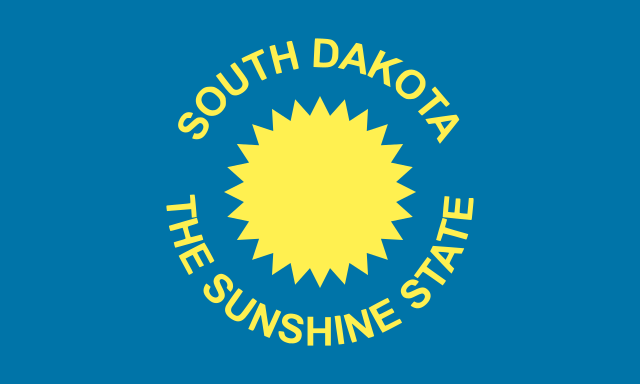
17. The 1909 flag of the state featured the then nickname of the state the “Sunshine State.” The nickname was adopted by Florida as well. However, in 1992, the state adopted a new nickname: the “Rushmore State.”
18. South Dakota has more shoreline than the entire state of Florida. This is mainly because of the fact that the state has many rivers and water bodies including rivers like Missouri, Cheyenne, James, Grande, Moreau etc.
19. Did you know that the third-longest cave system in the world is right here in South Dakota, west of Custer? Exciting things can be seen in the extensive Jewel Cave system.
20. The Wind Caves are about 11 miles north of Hot Springs, South Dakota. They have more than 32 miles of mapped passages you can explore.
21. The Missouri River is the largest and longest river in the state.
South Dakota on the map
22. The Missouri River bisects the state into two halves that are geographically and socially distinct. These halves are known to residents as “East River” and “West River.”
23. The eastern region of the state due to its fertile soil helps in the production of a variety of crops and also contains majority of the state’s population.
24. The western region is heavily dependent on tourism and defence activity for its economy. Ranching is also a predominant agricultural activity in the west of the state.
25. The state also has the highest point in the state east of the Rocky Mountains – Black Elk Peak in the Black Hills, 7,242 feet.
26. The western region of the state is home to the Badlands, which is one of the richest fossil beds on Earth. The remains of saber-toothed cats, three-toed horses, and marine animals from an ancient sea have been found here. Badlands National Park covers 244,000 acres.
27. Due to the large number of dinosaur fossils found, the Badlands are often referred to as “the playground” of the dinosaur. The Mammoth Site of Hot Springs is a museum and paleontological site near Hot Springs, SD. This site has the greatest concentration of fossil remains in the world. The site was discovered in June 1974 when the land was being leveled for housing development by heavy equipment operator George Hanson.
28. South Dakota has one of the world’s largest, most complete fossil of T. rex discovered. It is named Sue, after the fossil hunter, Sue Hendrickson, who found it in 1990.
29. 120 degrees Fahrenheit is the highest temperature observed in the state on July 15, 2006. And the lowest -58 degree Fahrenheit on February 17, 1936. According to the stats collected in the past, the state is the 39th warmest state in the U.S.
30. A live event theater, the Orpheum Theatre Center, is the oldest in Sioux Falls. It opened in 1913 and is still in use today.
31. The Custer State Park Buffalo Roundup is an entertaining yearly event in the Black Hills of South Dakota. The event is held on the last Friday of September.
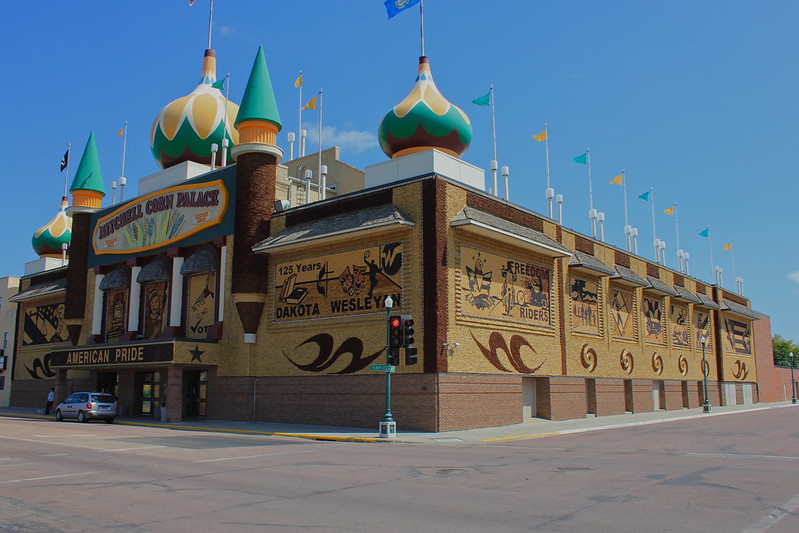
32. Did you know that the corn palace in Mitchell is redecorated with corn and multi colored grain murals every fall? Built in 1892, it is the world’s only corn palace and attracts more than half a million visitors each year.
33. The Sturgis motorcycle rally is held annually in Sturgis, South Dakota, to promote tourism in the Black Hills. A group of Indian bikers started the rally in 1938.
34. Many food festivals are held in the state of South Dakota annually. The Chislic Festival in Freema and the Sioux Empire Fair in Sioux Falls are in demand.
35. One of the weirdest traditions of South Dakota is the annual mashed potato wrestling in Clark. It is part of the Potato Day Festival in this town.
36. The Flaming Fountain on the State Capital Lake in South Dakota is fed through an artesian gas and water well. The gas content makes the water glow.
37. One of the oldest hotels in South Dakota is the Bullock Hotel in Deadwood. The town’s former sheriff, Sed Bullock, opened it in 1896. Many people believe it is haunted.
38. According to many visitors, Sica Hollow State Park is spooky. That is due to the many Native Americans who died there.
39. Dozens of rodeos happen across the state yearly, and young and old participate. It is not strange that it is also the official State Sport of South Dakota.
40. Milk has been the official State Drink of South Dakota since 1986. Because a lot of milk is consumed, residents of South Dakota adopted it as their drink.
41. Since 2000, Kuchen has been the State Dessert of South Dakota. The dough crust with custard filling can be eaten as a snack or even for breakfast.
42. Rose Quartz was adopted as the official State Mineral in 1966. It was first discovered near Custer, South Dakota, in the 1880s.
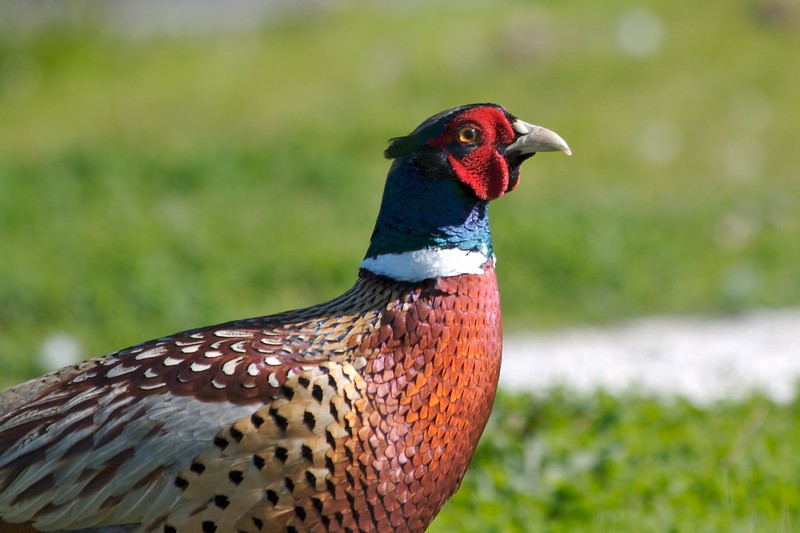
43. The ring-necked pheasant is the state bird. It was introduced from China and has adopted well to the area.
44. Houdek soil has been the official State Soil of South Dakota since 1990. It is this fertile soil that is used in the agriculture of South Dakota.
45. Ernest Lawrance from Canton, South Dakota, invented the cyclotron in 1931. It is a device used in laboratories to help with physical experiments.
46. Raven Industries from Sioux Falls, South Dakota, were tremendous innovators of hot air balloons. They have been involved with it since its invention in the 1950s.
47. Russel Pohl and Clide Pritchard from Sioux Falls, South Dakota, invented the ejector seat in 1969.
48. A computer based system to develop and manage building plans in collaboration with multiple users was developed by developers from Suoix Falls and Tripp, South Dakota.
49. In the middle 1800s, a French goldsmith made jewelry from South Dakota gold. He was the first jeweler to change Black Hill gold into jewelry.
50. Born in Pine Ridge, Oglala Lakota, South Dakota, in 1938, William Mervin, was the first American to win an Olympic gold medal in 10,000 m race. He won the gold medal at the 1964 Olympic Games in Tokyo.
51. The 1939 Nobel Prize for Physics was won by Ernest Lawrence from Canton, South Dakota.
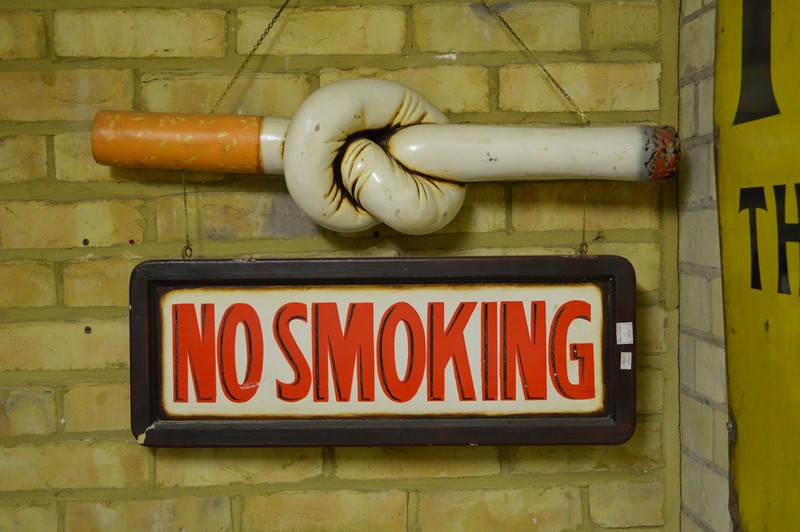
52. The famous South Dakota doctor who discovered the link between tobacco smoke and lung cancer, Alton Ochsner, was born in 1896 in Kimball.
53. City of presidents – on the streets of Rapid City you can find a bronze statue of each U.S. president. The project started in 2000 and is privately funded. The life sized bronze president statues were built to honor the legacy of the American presidency.
54. Only one structure in the Midwest US still has a thatched roof. That is the Anne Hathaway Cottage near Wessington Springs, South Dakota.
55. The Crazy Horse Memorial is another piece of magnificent art carved in rock. The memorial is not yet completed even after more than 70 years of carving. It is estimated that once it gets completed, it will be 563 feet high and 641 feet long.
. . . continue reading on the next page
